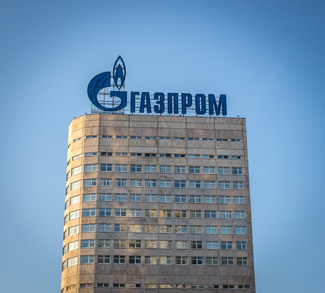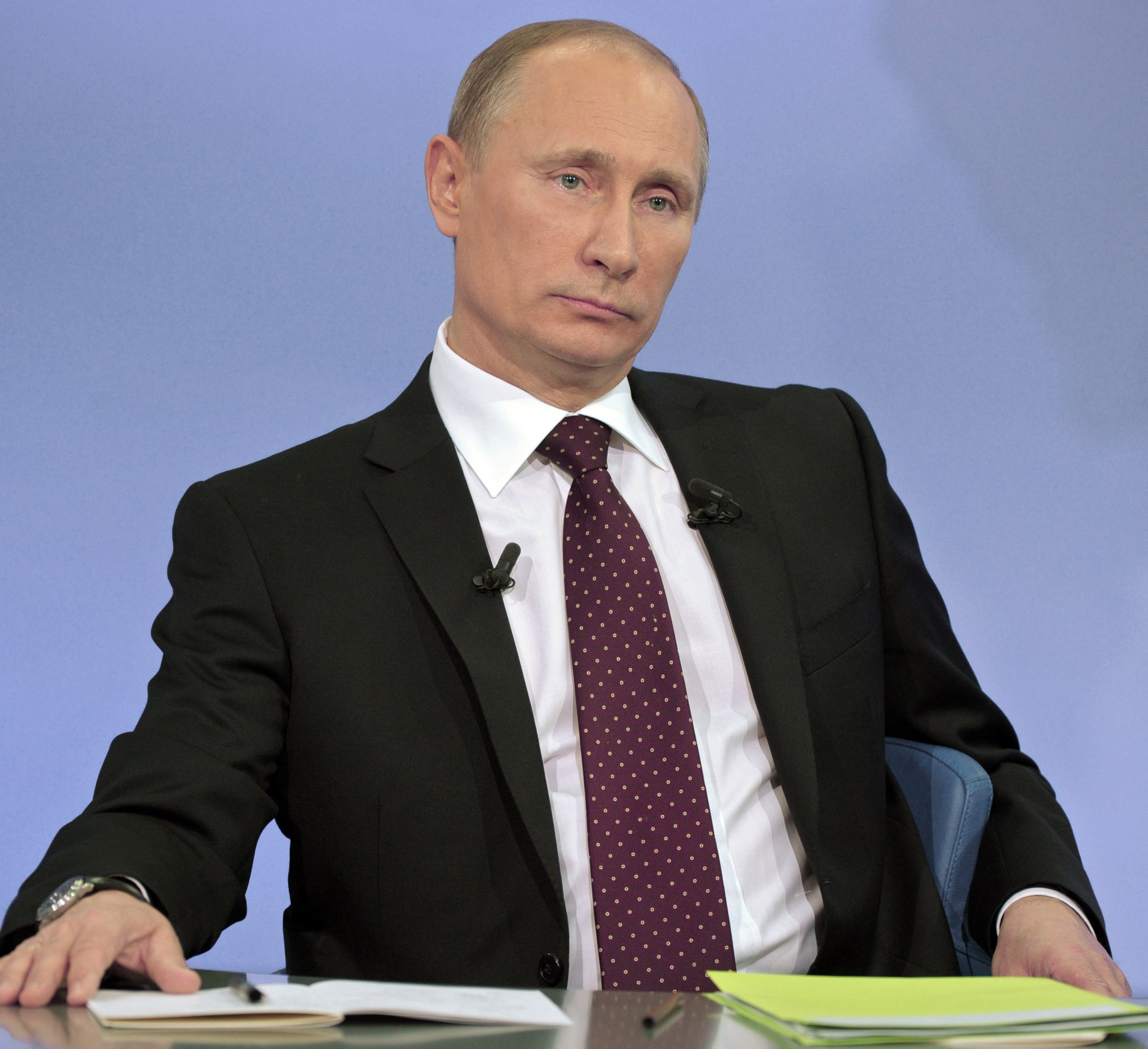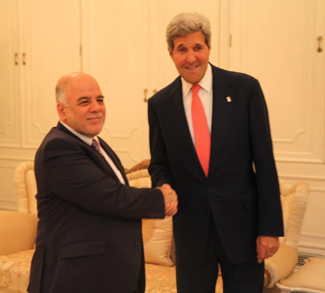Summary
Stagnant economic growth, flagging demand for crude oil, and an increase in alternative supply sources such as US shale gas have led to a growing mismatch between supply and demand in global energy markets. These factors have been accentuated by both geopolitical instability and OPEC’s decision not to cut output, resulting in a free-fall in the price of oil. Prices last week hit a 6-year low and WTI crude closed at USD 52.21 at time of writing (February 4, 2015). Though cheap oil has the potential to fuel greater economic growth in some corners of the world, it could have profoundly destabilizing effects in others. In this five part series, Geopoliticalmonitor.com examines how cheap oil is a threat to certain regimes and economies, even the global order itself. Part three focuses on Russia.
Background
Russia’s petroleum industry is worth about USD 425 billion a year and the country was arguably the world’s largest producer of crude oil in 2014. Last year, Russia produced an average of 10.58 million barrels of oil per day, a post-Soviet record. Oil, gas, and petroleum products represent 50% of the country’s budget revenues, and they account for 10% of its total GDP. By some estimates, Russia is also the world’s largest energy exporter. Energy exports represent 70% of the country’s total exports.
Russia’s oil sector is controlled by a small group of companies. These companies include: Rosneft, which accounts for more than 40% of Russian oil production; Lukoil, which holds 10 trillion barrels in proven reserves; and Gazprom, which owns the world’s largest natural gas reserves and is also involved in oil production and financing.




